Xueying Han
RCMNet: A deep learning model assists CAR-T therapy for leukemia
May 06, 2022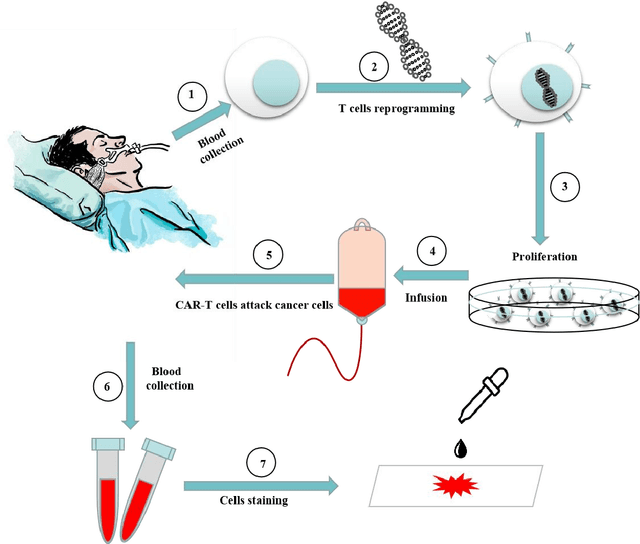
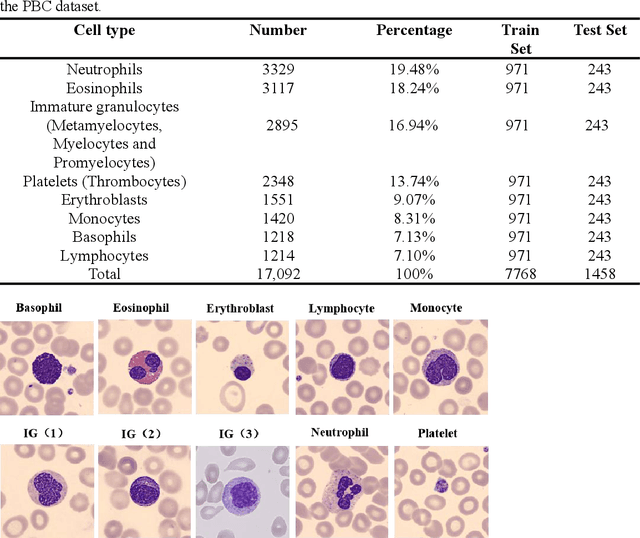
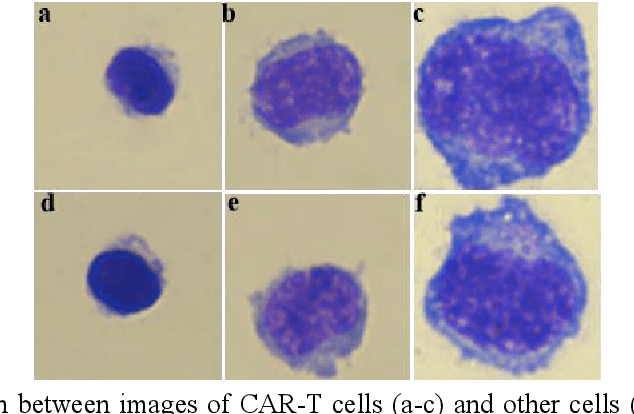

Abstract:Acute leukemia is a type of blood cancer with a high mortality rate. Current therapeutic methods include bone marrow transplantation, supportive therapy, and chemotherapy. Although a satisfactory remission of the disease can be achieved, the risk of recurrence is still high. Therefore, novel treatments are demanding. Chimeric antigen receptor-T (CAR-T) therapy has emerged as a promising approach to treat and cure acute leukemia. To harness the therapeutic potential of CAR-T cell therapy for blood diseases, reliable cell morphological identification is crucial. Nevertheless, the identification of CAR-T cells is a big challenge posed by their phenotypic similarity with other blood cells. To address this substantial clinical challenge, herein we first construct a CAR-T dataset with 500 original microscopy images after staining. Following that, we create a novel integrated model called RCMNet (ResNet18 with CBAM and MHSA) that combines the convolutional neural network (CNN) and Transformer. The model shows 99.63% top-1 accuracy on the public dataset. Compared with previous reports, our model obtains satisfactory results for image classification. Although testing on the CAR-T cells dataset, a decent performance is observed, which is attributed to the limited size of the dataset. Transfer learning is adapted for RCMNet and a maximum of 83.36% accuracy has been achieved, which is higher than other SOTA models. The study evaluates the effectiveness of RCMNet on a big public dataset and translates it to a clinical dataset for diagnostic applications.
RNN-Test: Adversarial Testing Framework for Recurrent Neural Network Systems
Nov 11, 2019
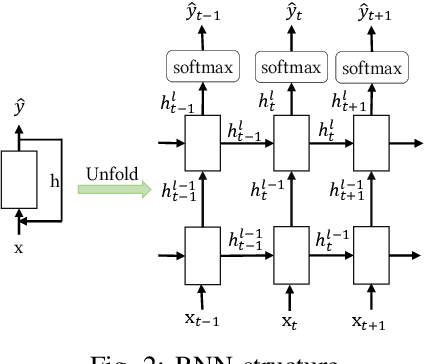
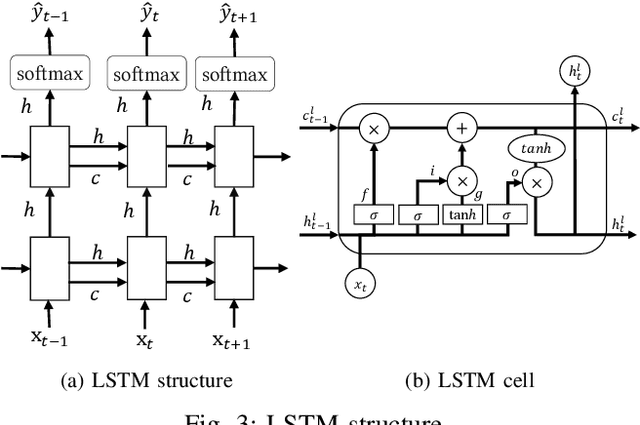
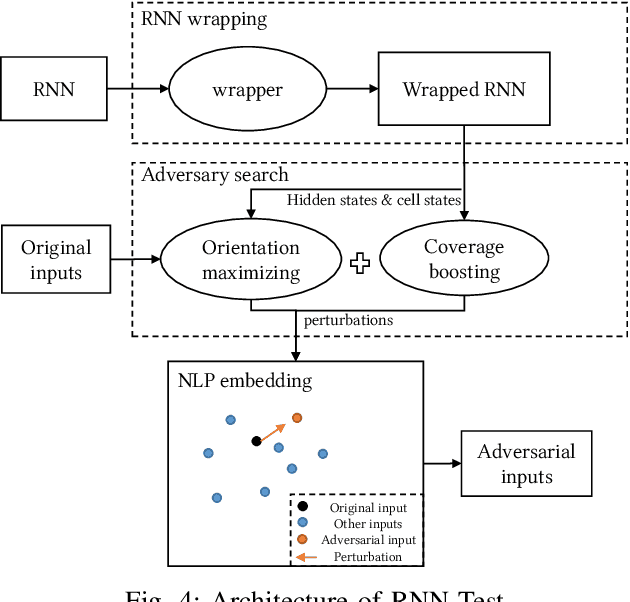
Abstract:While huge efforts have been investigated in the adversarial testing of convolutional neural networks (CNN), the testing for recurrent neural networks (RNN) is still limited to the classification context and leave threats for vast sequential application domains. In this work, we propose a generic adversarial testing framework RNN-Test. First, based on the distinctive structure of RNNs, we define three novel coverage metrics to measure the testing completeness and guide the generation of adversarial inputs. Second, we propose the state inconsistency orientation to generate the perturbations by maximizing the inconsistency of the hidden states of RNN cells. Finally, we combine orientations with coverage guidance to produce minute perturbations. Given the RNN model and the sequential inputs, RNN-Test will modify one character or one word out of the whole inputs based on the perturbations obtained, so as to lead the RNN to produce wrong outputs. For evaluation, we apply RNN-Test on two models of common RNN structure - the PTB language model and the spell checker model. RNN-Test efficiently reduces the performance of the PTB language model by increasing its test perplexity by 58.11%, and finds numbers of incorrect behaviors of the spell checker model with the success rate of 73.44% on average. With our customization, RNN-Test using the redefined neuron coverage as guidance could achieve 35.71% higher perplexity than original strategy of DeepXplore.
 Add to Chrome
Add to Chrome Add to Firefox
Add to Firefox Add to Edge
Add to Edge